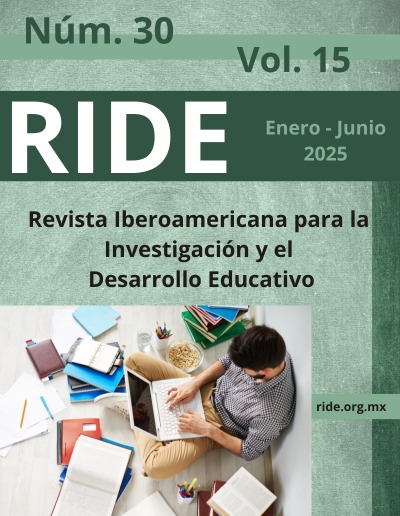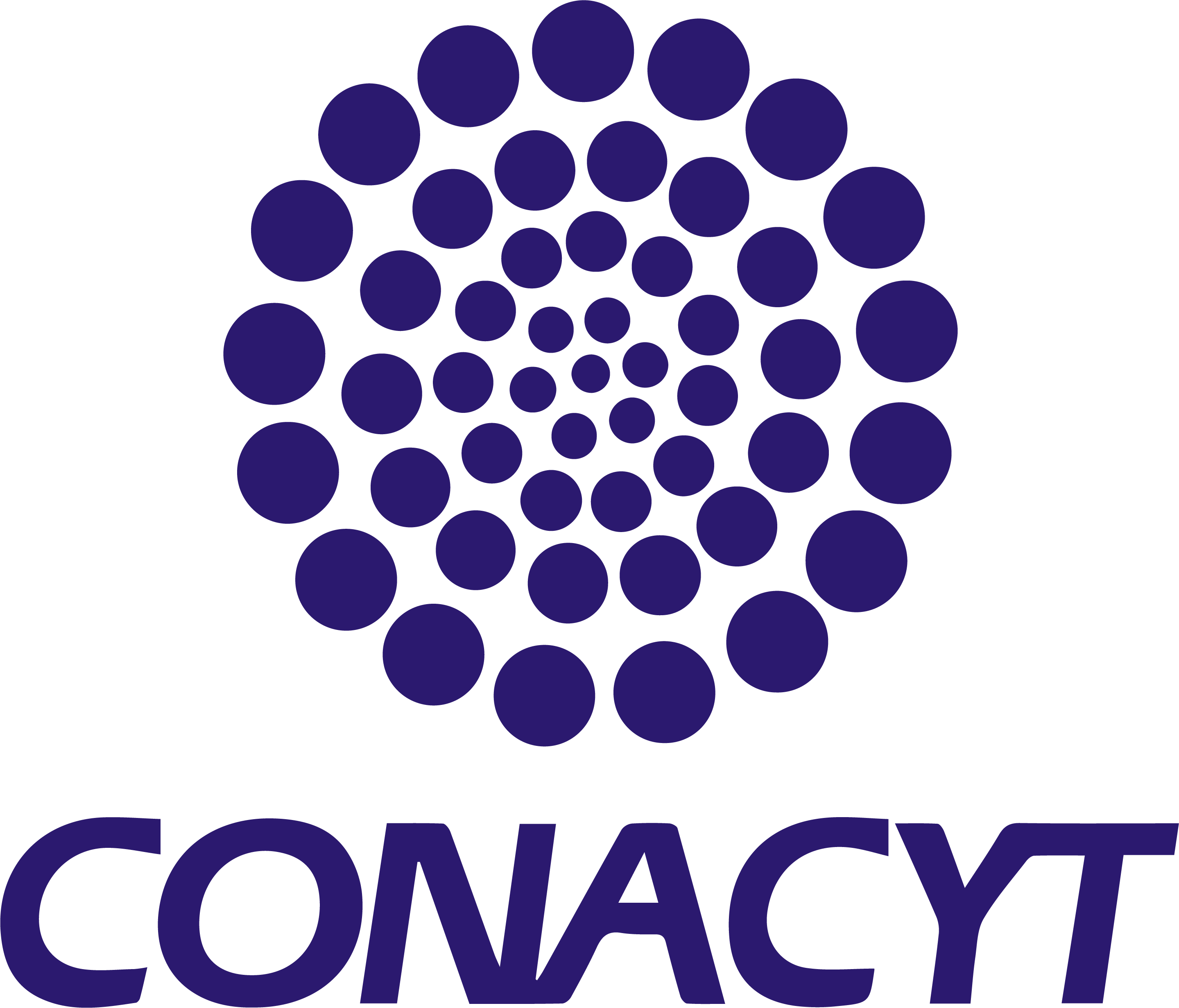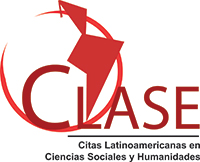Factors influencing online purchases: an analysis focused on education level, socioeconomic status, and digital payments
Abstract
Due to the growing contribution of online shopping to Mexico's Gross Domestic Product, the objective was to analyze the factors influencing the online purchasing decision, considering socioeconomic strata, the disparity between urban and rural areas of Mexico, schooling, and digital payment methods. Data from 58,540 records of the National Survey on Availability and Use of Information Technologies in Households 2022 were analyzed through Logit and Probit binary regression analysis. The results confirmed that rural areas have a negative relationship whit online purchases, while urban areas increased this probability by 2.79%. Schooling and economic stratum showed a positive correlation, and the probability of purchase increased as these variables did. Additionally, PayPal and Mercado Pago were the most influential digital payment methods, exerting more impact than traditional methods, which indicates greater buyer confidence in these tools, influencing online purchases with a probability of 24.09%. It is concluded that the high socioeconomic stratum, people living in urban areas, professionals and users who paid with PayPal were those who purchased the most online.
Downloads
References
Allen, J., Carbo-Valverde, S., Chakravorti, S., Rodriguez-Fernandez, F. y Pinar Ardic, O. (2022). Assessing incentives to increase digital payment acceptance and usage: A machine learning approach. PLoS ONE, 17(11). https://doi.org/10.1371/journal.pone.0276203
Amoussohoui, R., Arouna, A., Bavorova, M., Verner, V., Yergo, W. y Banout, J. (2023). Analysis of the factors influencing the adoption of digital extension services: evidence from the RiceAdvice application in Nigeria. Journal of Agricultural Education and Extension, 30(3), 387-416. https://doi.org/10.1080/1389224X.2023.2222109
Banco de México. (2024). Información sobre CoDi® Cobro Digital. https://www.banxico.org.mx/sistemas-de-pago/codi-cobro-digital-banco-me.html#:~:text=%C2%BFQu%C3%A9%20es%20CoDi%C2%AE%3F,importante%20%C2%A1Sin%20ning%C3%BAn%20costo!.
Banco Mundial. (2023). México: panorama general. https://www.bancomundial.org/es/country/mexico/overview
Centro de noticias de la ONU. (2015, September 25). Objetivos de desarrollo sostenible. https://www.un.org/sustainabledevelopment/es/2015/09/la-aLUblea-general-adopta-la-agenda-2030-para-el-desarrollo-sostenible/
Chamboko, R. (2022). On the Role of Gender and Age in the Use of Digital Financial Services in Zimbabwe. International Journal of Financial Studies, 10(3). https://doi.org/10.3390/ijfs10030082
Chaveesuk, S., Khalid, B. y Chaiyasoonthorn, W. (2021). Digital payment system innovations: A marketing perspective on intention and actual use in the retail sector. Innovative Marketing, 17(3), 109–123. https://doi.org/10.21511/im.17(3).2021.09
Datta, D. B., Seal, P., George, S. M. y Roy, S. (2022). Factors Influencing Women’s Buying Decisions while Shopping for Lingerie Products Online. Tekstilec, 65(1), 4–13. https://doi.org/10.14502/tekstilec.65.2021048
Díaz de León, A. (2019). CoDi®: la nueva forma de pagar en México. https://www.banxico.org.mx/publicaciones-y-prensa/presentaciones/%7B1CA33D18-A38C-EE29-41BF-6302A641D617%7D.pdf
Filipetto, S. y Harraca, M. (2023). New valorization logics in the figure of the digital platform. The case of MercadoLibre. En C. Benvegnu, N. Cuppini, M. Frappoti, F. Milesi, & M. Pirone, (Eds.), Platforms have the power…and people can take it (pp. 26–39). University of Bologna. Department of the Arts. https://doi.org/10.6092/unibo/amsacta/6966
Gawior, B., Polasik, M. y Lluís Del Olmo, J. (2022). Credit Card Use, Hedonic Motivations, and Impulse Buying Behavior in Fast Fashion Physical Stores during COVID-19: The Sustainability Paradox. Sustainability, 14(7). https://doi.org/10.3390/su14074133
Hokkanen, H., Hänninen, M., Yrjölä, M., & Saarijärvi, H. (2021). From customer to actor value propositions: an analysis of digital transaction platforms. International Review of Retail, Distribution and Consumer Research, 31(3), 257–279. https://doi.org/10.1080/09593969.2021.1880463
INEGI. (2023). Población rural y urbana. https://cuentame.inegi.org.mx/poblacion/rur_urb.aspx?tema=P#:~:text=De%20acuerdo%20con%20el%20INEGI,viven%20m%C3%A1s%20de%202%2C500%20personas.
INEGI. (2024). Comercio Electrónico. https://www.inegi.org.mx/temas/vabcoel/
Janavičiūtė, A., Liutkevičius, A., Dabužinskas, G. y Morkevičius, N. (2024). Experimental Evaluation of Possible Feature Combinations for the Detection of Fraudulent Online Shops. Applied Sciences, 14(2), 919. https://doi.org/10.3390/app14020919
Karakose, T. (2022). Assessing the Relationships between Internet Addiction, Depression, COVID-19-Related Fear, Anxiety, and Suspicion among Graduate Students in Educational Administration: A Structural Equation Modeling Analysis. Sustainability, 14(9). https://doi.org/10.3390/su14095356
Khando, K., Islam, M. S. y Gao, S. (2023). The Emerging Technologies of Digital Payments and Associated Challenges: A Systematic Literature Review. Future Internet 15(1). https://doi.org/10.3390/fi15010021
Korobeynikova, O. (2021). Digital transformation of the retail payment market. European Proceedings of Social and Behavioural Sciences. 573–581. https://doi.org/10.15405/epsbs.2021.04.61
Kueski. (2024). Somos Kueski. https://www.kueski.com/sobre-nosotros
Li, Z., Chen, H., Lu, S., & Failler, P. (2024). How does digital payment affect international trade? Research based on the social network analysis method. Electronic Research Archive, 32(3), 1406–1424. https://doi.org/10.3934/era.2024065
Lu, L., Zhou, Y., Wang, C., & Zhang, Q. (2021). The Dominant Design of Disruptive Innovations in the 3rd-Party Online Payment in China. Wireless Communications and Mobile Computing, 2021. https://doi.org/10.1155/2021/5488262
Maheswari, P. y Sahila. C. (2022). An anlysis of upcomming trends of online marketing in Chennai City. Journal of Pharmaceutical Negative Results, 880–886. https://doi.org/10.47750/pnr.2022.13.s06.118
Nikma, Y., Setiawan, S., Ninnasi, M. y Ratna, E. (2020). Digital Payment System Analysis of Buying Decision in Indonesia. Kemal Farouq MAULADI / Journal of Asian Finance, 7(10), 323–328. https://doi.org/10.13106/jafeb.2020.vol7.n10.323
Pang, H. (2022). Connecting mobile social media with psychosocial well-being: Understanding relationship between WeChat involvement, network characteristics, online capital and life satisfaction. Social Networks, 68, 256–263. https://doi.org/10.1016/j.socnet.2021.08.006
PayPal. (2024). Cómo funciona PayPal. PayPal. https://www.paypal.com/es/digital-wallet/how-paypal-works
Raghavendra, V. y Veeresha, P. (2023). Analysing the market for digital payments in India using the predator-prey model. International Journal of Optimization and Control: Theories and Applications, 13(1), 104–115. https://doi.org/10.11121/ijocta.2023.1306
Sam, J. S., Ray, R. y Chakraborty, A. (2023). Digital Payments on the Agenda: How Supply-side Actors Framed Cash and Digital Payments during the COVID-19 Pandemic in India. Asian Studies Review, 47(2), 336–354. https://doi.org/10.1080/10357823.2022.2063253
Sandoval, J. R. G., Ballesteros, L. A. A., y Esquivel, F. A. (2020). Perspectivas del desarrollo social y rural en México. Revista de Ciencias Sociales, 26(3), 45-55. https://www.redalyc.org/journal/280/28063519011/28063519011.pdf
Segura, M. S. (2021). No es una brecha. Desigualdades digitales y sociales en Argentina. Revista Eptic, 23(2), 191–208. https://ufs.emnuvens.com.br/eptic/article/download/15556/12102
Simatele, M. y Mbedzi, E. (2021). Consumer payment choices, costs, and risks: Evidence from Zimbabwe. Cogent Economics and Finance, 9(1). https://doi.org/10.1080/23322039.2021.1875564
Soloaga, I., Plassot, T. y Reyes, M. (2022). Lo rural y lo urbano en México: una nueva caracterización a partir de estadísticas nacionales. Comisión Económica para América Latina y el Caribe. https://repositorio.cepal.org/entities/publication/ff40a0a3-e60c-466a-a600-00b07c45d324
Srouji, J. y Torre, D. (2022). The Global Pandemic, Laboratory of the Cashless Economy? International Journal of Financial Studies, 10(4). https://doi.org/10.3390/ijfs10040109
Suárez, V., Suarez Quezada, M., Oros Ruiz, S. y Ronquillo De Jesús, E. (2020). Epidemiology of COVID-19 in Mexico: from the 27th of February to the 30th of April 2020. Revista Clínica Española, 220(8), 463–471. https://doi.org/10.1016/j.rce.2020.05.007
Tang, Y. M., Chau, K. Y., Hong, L., Ip, Y. K. y Yan, W. (2021). Financial innovation in digital payment with wechat towards electronic business success. Journal of Theoretical and Applied Electronic Commerce Research, 16(5), 1844–1861. https://doi.org/10.3390/jtaer16050103
Wu, B., Wang, L. y Yao, L. (2023). A Mechanistic Study of the Impact of Digital Payments on Rural Household Development Resilience. Sustainability, 15(14). https://doi.org/10.3390/su151411203
Zazdravnykh, A. V. (2022). Vertical restraints in global digital markets. World Economy and International Relations, 66(5), 23–31. https://doi.org/10.20542/0131-2227-2022-66-5-23-31
Zhou, R. (2022). Sustainable Economic Development, Digital Payment, and Consumer Demand: Evidence from China. International Journal of Environmental Research and Public Health, 19(14). https://doi.org/10.3390/ijerph19148819

This work is licensed under a Creative Commons Attribution 4.0 International License.
In order to promote the development and dissemination of research in education in Latin America, the Ibero-American Journal for Educational Research and Development (RIDE) adhered to the Budapest Open Access Initiative, which is why it is identified as a Open access publication. This means that any user can read the complete text of the articles, print them, download them, copy them, link them, distribute them and use the contents for other purposes. Creative Cummons licenses allow users to specify the rights to use an open access journal available on the Internet in such a way that users know the rules of publication. Authors who publish in this journal accept the following conditions: Authors they keep the author's rights and give the magazine the right of the first publication, with the work registered with the attribution license of Creative Commons, which allows third parties to use the published material whenever they mention the authorship of the work and the first publication in this The authors can make other independent and additional contractual agreements for the non-exclusive distribution of the version of the article published in this journal (eg, include it in an institutional repository or publish it in a book) as long as they clearly indicate that The work was published for the first time in this magazine. Authors are allowed and recommended to publish their work. low on the Internet (for example on institutional or personal pages) before and during the review and publication process, as it can lead to productive exchanges and to a greater and faster dissemination of the published work















